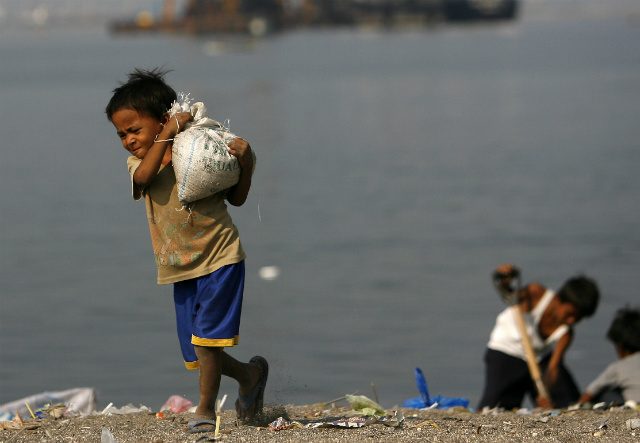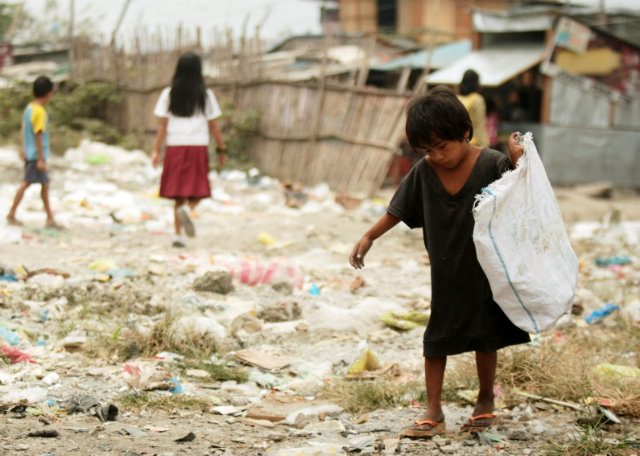SUMMARY
This is AI generated summarization, which may have errors. For context, always refer to the full article.

MANILA, Philippines – Labor Secretary Rosalinda Baldoz recently urged officials and teachers of public schools to help identify child laborers among students, and inform authorities of confirmed cases.
“Teachers have a vital role in bringing children back to school, keep working children in school, and help children complete school (sic),” Baldoz said on Monday, July 6, stressing the role of education in lowering the number of children forced to live adult lives.
Child labor “interferes with a child’s right to education, as well as risks a child’s health, safety, and development,” Baldoz explained.
A recent local study showed children bear long hours in dangerous environments with no or limited protective equipment in exchange for very low wages.
Surveying 6 rural communities across the Philippines, it concluded that one in 5 Filipino households tolerates child labor in plantations and mines. About 73% of those surveyed who tolerate child labor said they are aware of the children’s rights but let their children work to raise the household income.
To combat this, Baldoz said teachers and school officials must raise awareness among students on the dangers of child labor as well as child rights and the means to defend them.
“[Teachers] can help children develop their potential skills so that they can seek appropriate work in the future. Teachers can contribute to the prevention of child labor by taking action in schools and by reaching out to the community,” said Baldoz.
If a student is a victim of child labor, Baldoz said the teacher can report the case to the local government unit or the nearest Department of Labor and Employment (DOLE) regional office.
Indicators
By being conscious of physical and behavioral indicators, teachers who deal directly with students can determine if a student is at risk or already a victim of child labor.
Apart from admission by the child himself or herself that he or she is engaged in child labor, classmates, fellow students, and other community members can also be sources of information.
The DOLE Bureau of Working Condition has developed a checklist of indicators of child labor among students, including observable traits in class participation.
The physical indicators are as follows:
- tired appearance
- unhealthy appearance
- symptoms of illness
- cuts, wounds, bruises, burns, or skin diseases
- malnourished or undernourished
- untidy or dirty clothes
On the other hand, listed below are behavioral indicators in class of child labor:
- absence of 4 days per month
- habitual tardiness
- tendency to sleep in the class
- limited interaction with classmates, teachers, or school officials
- limited participation in school activities
- poor academic performance
- tendency to drop out of school

Child labor in the Philippines
According to DOLE, “child labor refers to the employment of children who are below 18 years old that deprives them of their childhood, interferes with their ability to attend regular school, and that is mentally, physically, socially, or morally dangerous and harmful.”
Citing government data, the International Labor Organization on June 10 said there are 2.1 million child laborers aged 5-17 years old in the Philippines.
Ninety-six percent of the child laborers are involved in hazardous work.
State figures for 2011 show that there are 5.5 million children in the Philippines engaged in labor, including permissible work for children.
In the Philippines, employing a child laborer in hazardous work is a crime punishable under Republic Act 9231, which seeks to eliminate the worst forms of child labor in the country; and RA 7610, which grants special protection for children against abuse, exploitation, and discrimination.
Those guilty of child labor could face a fine ranging from P100,000 to P1 million or imprisonment from 12 years and one day to 20 years or both, depending on the court’s verdict. – Rappler.com
Add a comment
How does this make you feel?
There are no comments yet. Add your comment to start the conversation.